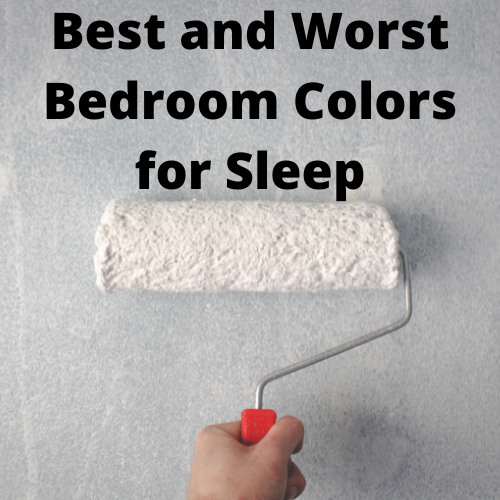We often discuss the importance of creating a sleep-friendly environment in your bedroom. However, did you know that the color scheme of your bedroom can also have a significant impact on how relaxing or stimulating it feels? If you want to ensure a restful night's sleep, it's crucial to choose the right colors for your bedroom. Read on to discover the best and worst bedroom colors that promote optimal sleep.
The Best
Blue
Blue is one of the best bedroom colors because it's associated with calm and relaxation. The brain is more perceptive to blue than any other color because of special receptor cells called ganglion cells.
These cells are located in the retina and collect information from visual surroundings. Then, these cells transform that information into chemical signals to the hypothalamus. The hypothalamus is responsible for producing hormones, namely, melatonin and cortisol. These chemicals are responsible for sleep and wakefulness, respectively.
Blue is a non stimulating color so when you view blue, the hypothalamus produces more melatonin.
Yellow
Softer shades of yellow create a calm environment because these tones imitate sunshine. Soft yellow alleviates stress and promotes tranquility so you can sleep peacefully. The brighter shades should be avoided because they boost energy which is the opposite of what you would want when you're trying to go to bed.
Green
Green is another great choice for relaxation. It's also easy on the eyes, like blue, because eyes are sensitive to greenlight. Green rooms produces the same effect as blue rooms by helping us to feel calm and peaceful. It's a non-stimulating color and the best greens should have blue tints to them. Warm tones may cause feelings of energy instead of relaxation.
Silver
Silver is a great choice as a neutral color. However, unlike standard gray tones, silver induces calm. Choose a matte silver color and not a shiny paint, however, because shiny paints reflect any bright light we can keep you awake.
Orange
Light orange, including tan and beige, have warm tones that are similar to a sandy beach which can create a welcoming space in your bedroom. Choose oranges with a brown undertone because too bright of oranges can be stimulating.
Worst
Bright purple
Bright purple is not a good color choice for your bedroom because it has red undertones. These undertoons can increase alertness and have high energy levels. This is counterproductive towards your sleep habits, so a softer purple is the way to go if you would like a purple bedroom. Anything that is closer to blue will do the job.
Dark Gray
Dark gray is a popular choice because of its neutrality, but it promotes depression because it gives a similar feel to rainy days. Dark gray is a good accent color, but painting the walls a dark shade and then adding gray bedding can create a somber atmosphere. Silver or gray with blue undertones are better for a neutral color.
Red
This is an invigorating color that increases heart rate and promotes alertness. One study found that red increases brain activity which is the opposite of what you would want as you're trying to go to bed.
If these environmental changes still do not help you get a good night's rest, then please click the button below and speak with a sleep expert!
Sources:
https://amerisleep.com/blog/best-and-worst-colors-for-sleep/


